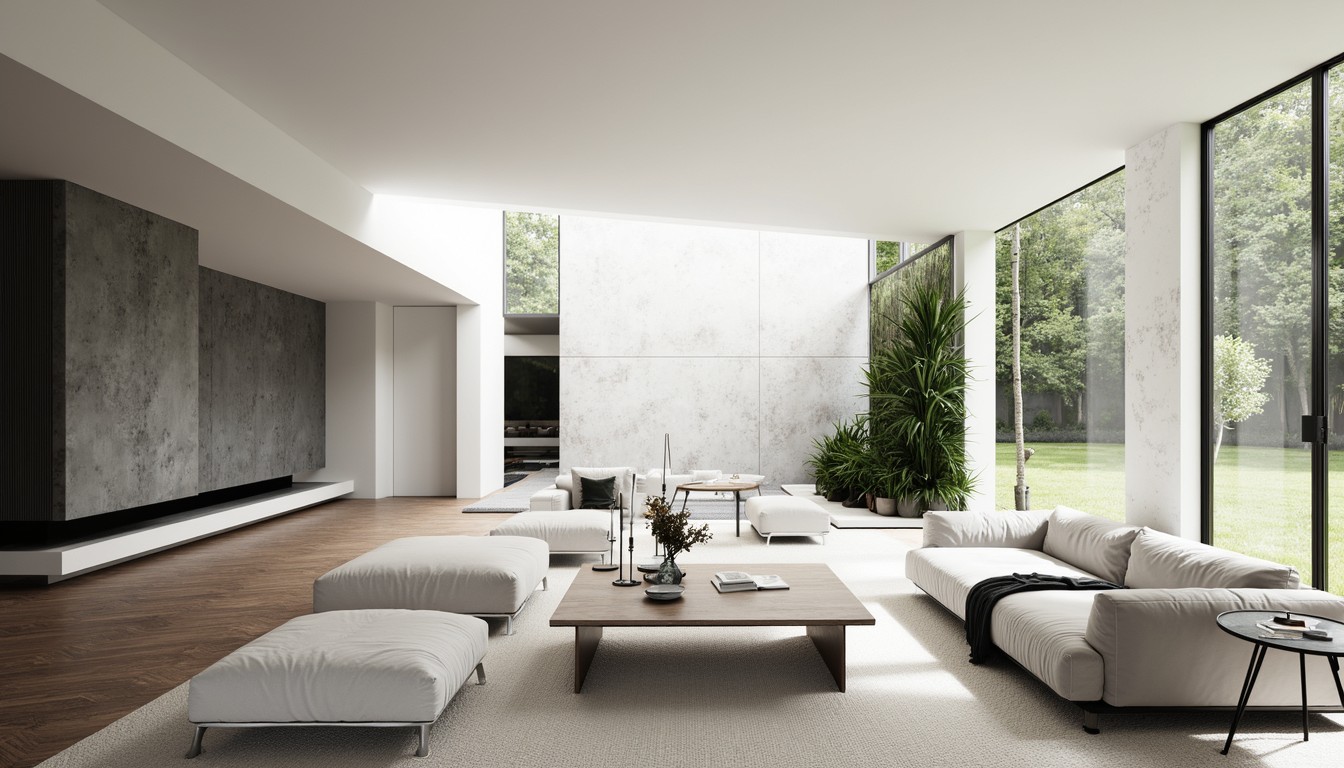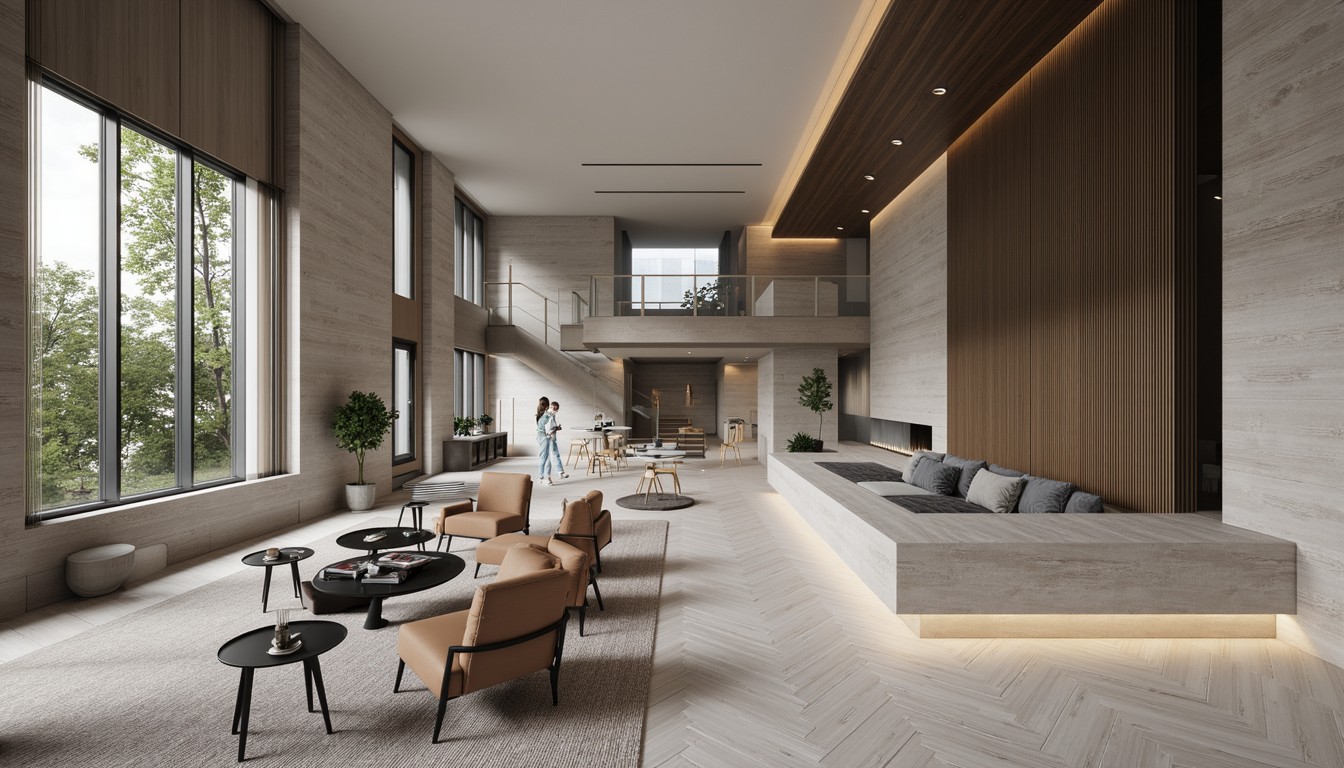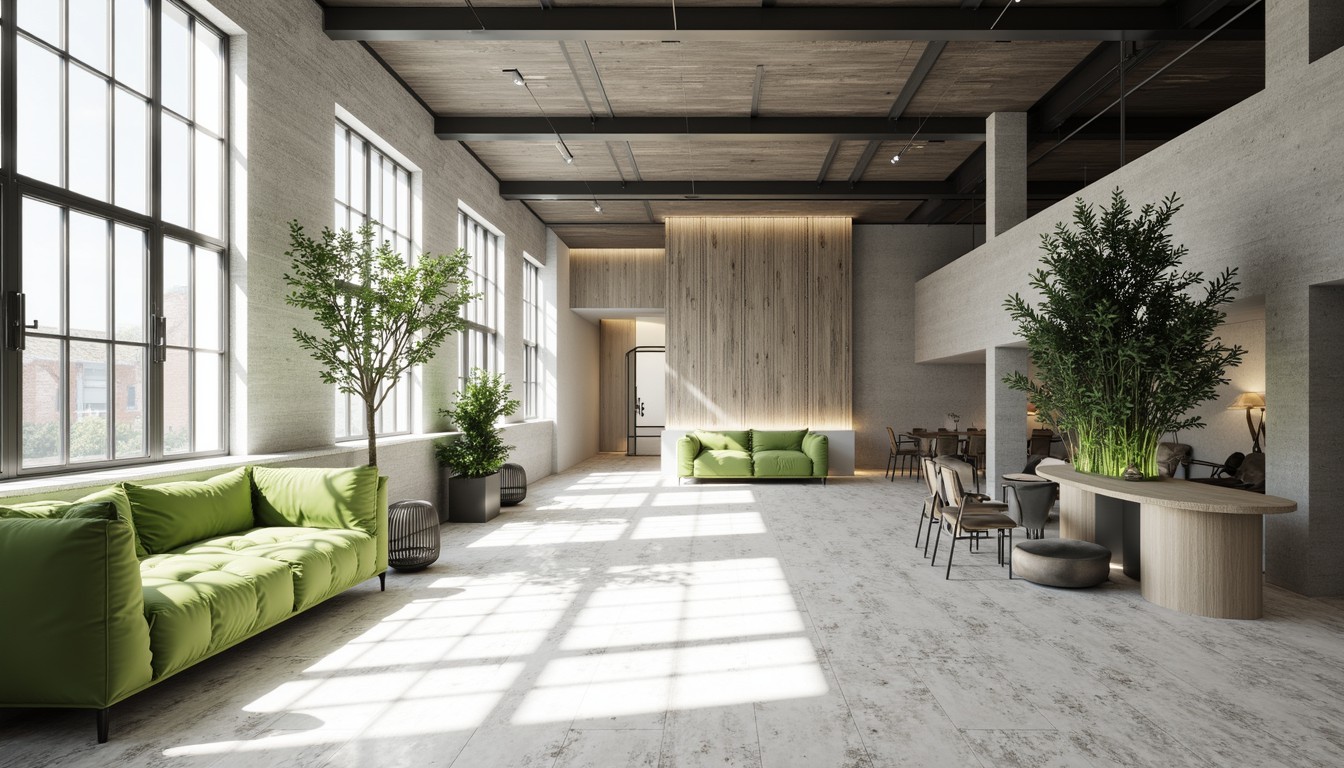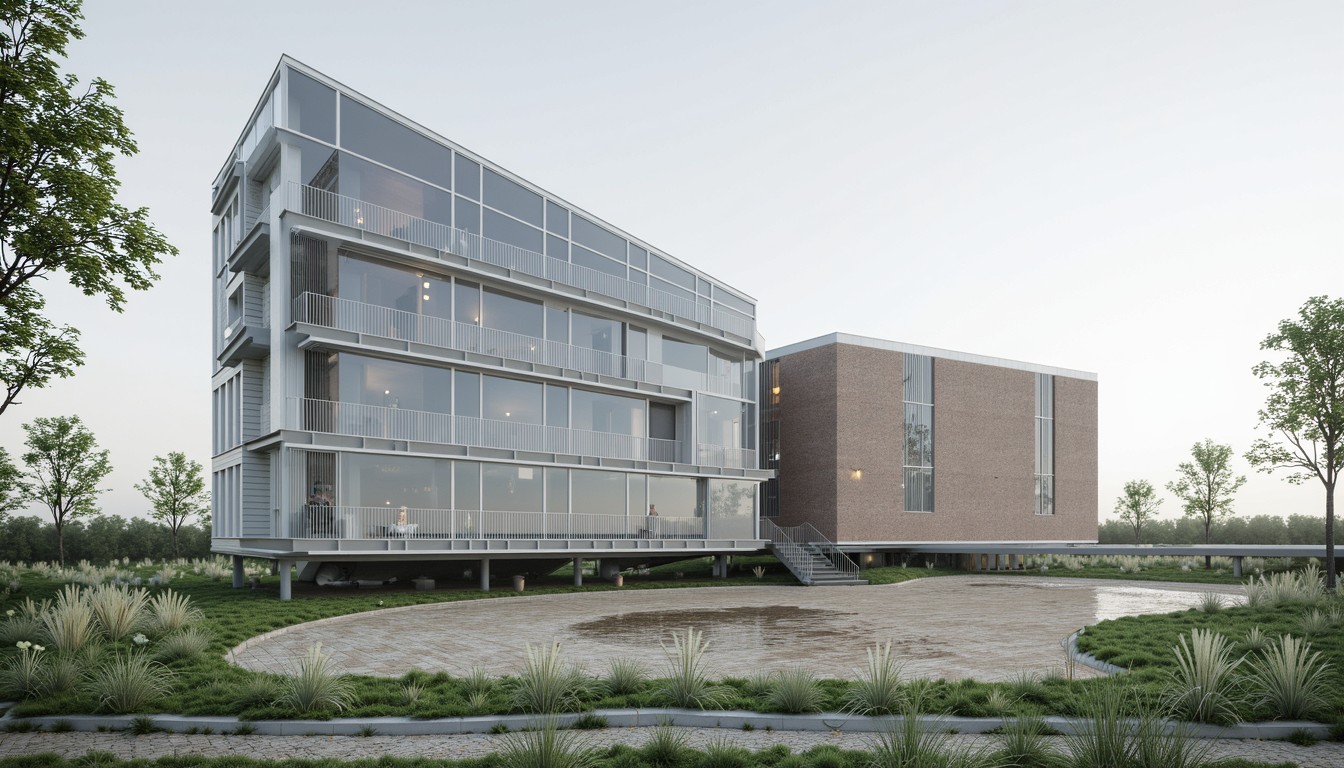Sustainable Architecture: Green Building Technologies & Visualizations
The built environment significantly impacts our planet. As architects and designers, we have a responsibility to create structures that minimize their environmental footprint. Sustainable architecture, encompassing green building technologies, is no longer a niche trend; it's a necessity. This article explores key technologies and techniques driving this crucial shift, highlighting how ArchNav's architectural visualization services play a vital role in bringing these sustainable designs to life.
Passive Design Strategies: Harnessing Nature's Power

Before diving into advanced technologies, let's consider passive design strategies – cost-effective and highly effective methods that leverage natural resources to reduce energy consumption. These include:
- Optimal Site Selection and Orientation: Choosing a site that maximizes sunlight exposure for passive solar heating and minimizes wind exposure can significantly reduce heating and cooling needs. ArchNav's visualizations allow clients to explore different site orientations and their impact on energy performance.
- Building Envelope Optimization: High-performance insulation, airtight construction, and strategically placed windows are crucial for thermal comfort. Our visualizations clearly demonstrate the effectiveness of different insulation materials and window placements.
- Natural Ventilation: Well-designed ventilation systems can reduce reliance on mechanical cooling, promoting natural airflow and improving indoor air quality. ArchNav visualizations showcase the airflow patterns within a building, allowing for design optimization.
- Shading Devices: Overhangs, awnings, and strategically planted trees can reduce solar heat gain in summer while maximizing winter sun. We use advanced rendering to illustrate the effectiveness of various shading strategies.
Active Green Building Technologies: Innovative Solutions

Active green building technologies involve the use of advanced systems to enhance energy efficiency and sustainability. These include:
- Renewable Energy Sources: Integrating solar panels, wind turbines, and geothermal energy systems reduces reliance on fossil fuels. ArchNav's visualizations can showcase the integration of these systems into building designs, illustrating their aesthetic and functional impact.
- High-Efficiency HVAC Systems: Heat pumps, radiant heating and cooling, and smart thermostats optimize energy use for climate control. Our 3D models allow clients to explore different HVAC system layouts and their impact on energy efficiency.
- Water Conservation Technologies: Low-flow fixtures, rainwater harvesting, and greywater recycling systems minimize water consumption. ArchNav visualizations can illustrate the integration of these systems into the building design, demonstrating their practicality and effectiveness.
- Smart Building Technologies: Building management systems (BMS) monitor and control various building systems, optimizing energy use and reducing waste. Interactive visualizations enable clients to understand the functionality and benefits of BMS integration.
- Green Building Materials: Utilizing recycled content, sustainably harvested timber, and low-embodied carbon materials are crucial. ArchNav visualizations help clients visualize the aesthetic appeal of these materials within the context of the overall design.
LEED Certification and Beyond: Measuring Success
Achieving certifications like LEED (Leadership in Energy and Environmental Design) validates a building's commitment to sustainability. ArchNav's visualizations help architects demonstrate compliance with LEED requirements and other green building standards, providing compelling evidence for certification applications.
ArchNav's Role in Sustainable Architecture Visualization

ArchNav leverages cutting-edge technology to create immersive and informative visualizations that help architects and clients understand the performance and aesthetic impact of sustainable design choices. Our services include:
- Energy Modeling and Simulation: We integrate energy simulation software to analyze building performance and identify areas for improvement.
- Realistic Renderings and Animations: Our high-quality visualizations showcase the beauty and functionality of sustainable designs, compelling clients and stakeholders.
- Virtual Reality (VR) and Augmented Reality (AR): Immersive experiences allow clients to explore sustainable designs in detail, understanding their impact on the environment and user experience.
Conclusion: Embracing a Sustainable Future
Sustainable architecture is not just a trend; it's a fundamental shift in how we design and build. By combining innovative green building technologies with the power of architectural visualization, we can create structures that are both environmentally responsible and aesthetically stunning. ArchNav is committed to partnering with architects and developers to bring this vision to life, offering unparalleled visualization services to support the design and communication of truly sustainable buildings. Contact us today to explore how we can help you visualize your next green building project.
